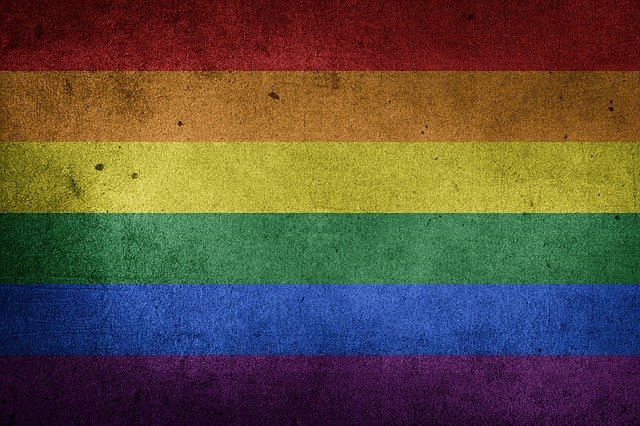
Read Full Article (PDF)
Introduction
Since the 1960s, criminal defendants who have attacked (and in most cases killed) lesbian, gay, bisexual, transgender, and queer (“LGBTQ”) victims have relied on the “gay and trans panic” defenses in order to avoid conviction or to receive lesser punishment. Contrary to what the name suggests, the gay and trans panic defenses are not freestanding legal defenses. Rather, over time, defendants have invoked gay and trans panic concepts to support one of three well-established legal defenses: (1) provocation, (2) insanity (or diminished capacity, and (3) self-defense (or imperfect self-defense). Depending on which of these defenses gay and trans panic concepts are being used to support, if successfully raised, a defendant who attacked or killed a LGBTQ victim could receive a lesser charge or sentence, or avoid conviction and punishment altogether.
This Article, prepared for the University of Richmond Law Review symposium commemorating the fiftieth anniversary of the Stonewall Riots of 1969, uses the Stonewall Riots as an opportunity to analyze and theorize the political dimensions of legislation banning the gay and trans panic defenses. As a moment of resistance to state violence against LGBTQ people, the Stonewall Riots are a useful platform to examine the historical and current relationship between the state and the gay and trans panic defenses. Drawing on original readings of medical literature, this Article brings the historical role of the state in the growth of gay and trans panic to the surface and discusses how gay and trans panic ideas blur the distinction between state and private violence.
Jordan Blair Woods*
*Associate Professor of Law, University of Arkansas School of Law, Fayetteville. The Author is thankful for the helpful discussions and suggestions from Beth Colgan, Erin Collins, Laurent Sacharoff, and Beth Zilberman. The Author is also grateful for the excellent research assistance from Hannah Hines and the University of Arkansas School of Law library staff, and especially Cathy Chick and Steven Probst. Thank you to the editors and staff at the University of Richmond Law Review for their careful edits, insightful suggestions, and work.
